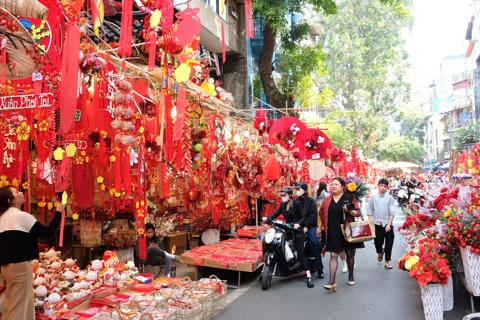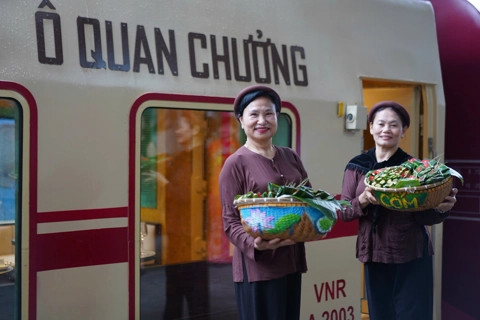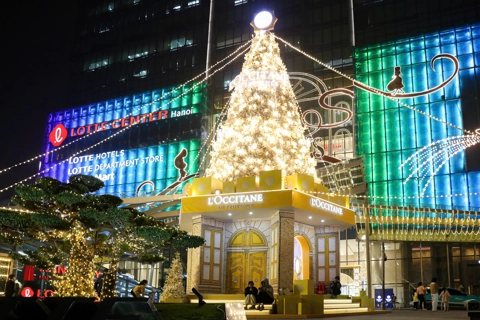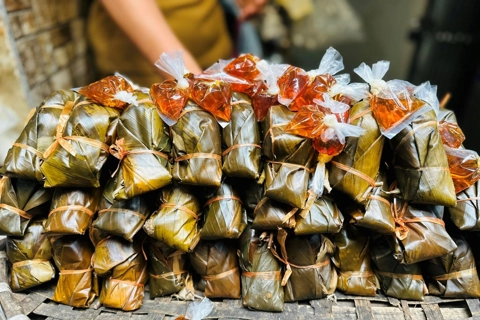Hanoi has one more National Intangible Cultural Heritage
The Cheo Tau folk performance in Hanoi's suburban Dan Phuong District has recently been added to the list of national intangible cultural heritages.
THE HANOI TIMES — Cheo Tau folk singing in Dan Phuong District, Hanoi, is among four latest nonphysical cultural items listed by the Ministry of Culture, Sports, and Tourism, together with Chhay-dam drum performance art of the Khmer people in Tri Ton District and Tinh Bien Town, the southern province of An Giang; the forest worship ceremony of the Pa Di people in Muong Khuong District, the northern province of Lao Cai; and the weaving tradition of the Tay people in Nghia Do Commune, Bao Yen District, the northern province of Lao Cai.
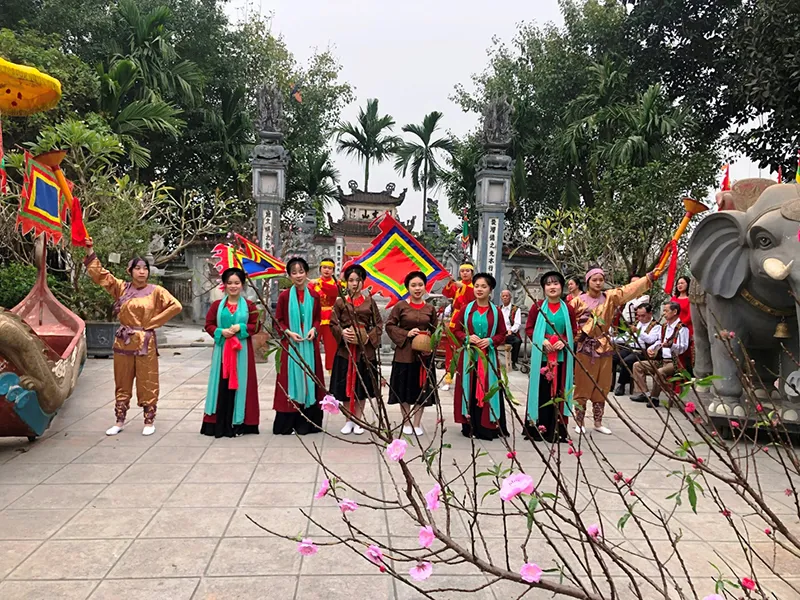
Artists performing Cheo Tau, a traditional folk singing genre, from Tan Hoi Commune in Dan Phuong District. Photo: Hanoi Department of Culture and Sports
Of these, Cheo Tau folk singing comes from Tong Goi in Dan Phuong District, Hanoi.
Tong Goi comprises the villages of Thuong Hoi, Thuy Hoi, Vinh Ky, and Phan Long in Tan Hoi Commune, Dan Phuong District. These villages are home to the unique folk performance art of Cheo singing on boats.
Legend has it that the tradition of singing cheo on boats was started to honor Van Di, a talented general who defeated the invading Chinese Ming army from 1407 to 1427.
After his death, locals created this type of folk performance to honor the general's merits. Every 25 years, on the 15th day of the first lunar month, Tan Hoi Commune in Dan Phuong District holds a seven-day and seven-night singing festival.
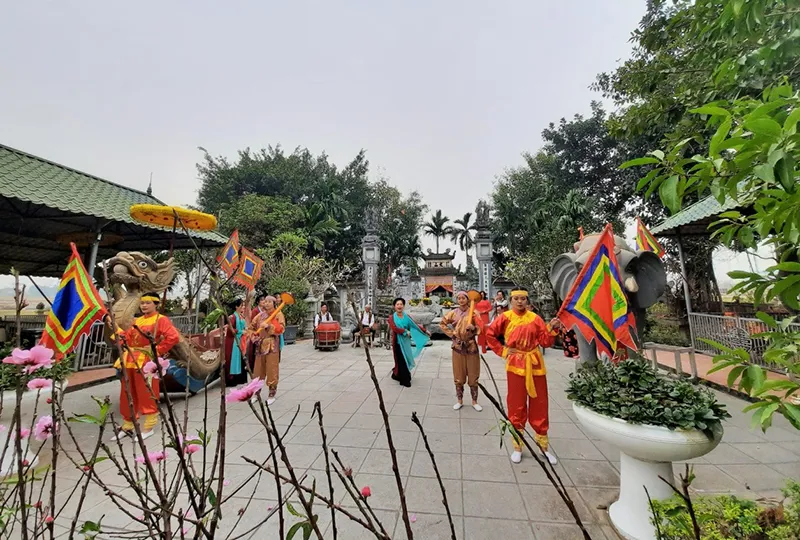
The folk performance takes place every 25 years on the 15th day of the first lunar month. Photo: Hanoi Department of Culture and Sports
To perform, people build elephants and large wooden boats while participants play roles such as "Lady of the Boat," "Ship Commander," and "Elephant Herder," and they sing along to ancient melodies. Cheo Tau actors wear traditional local clothing that is elaborately and delicately embroidered.
Cheo Tau singing often revolves around stories of love and affection between husbands and wives, fathers and sons, and brothers. These stories are expressed through sweet and profound folk melodies imbued with the cultural identity of the Hanoi countryside.
This ancient cultural feature, with the combination of music, lyrics, and acting, is rich in meaning and evokes deep emotions in the audience.




